
by Ben Zackheim | Sep 15, 2014 | Book Promotion, Digital Identity, Sell your book, Writing |
My goal with this post:
To give you clear tips on how to arrange your Twitter activity. The tips will be practical and will help you manage your personal and professional sharing. Let me know how I did in the comments!
I did it. I finally did it.
I’ve been on Twitter since 2007, which means, well, I’ve spent a lot of time worrying about tweeting since 2007. Oh, I have a lot to say. I have a lot to share. I always spot interesting conversations. The problem for me has never been finding things to disperse. The problem has been The Twitter Time Suck.
The Twitter Time Suck is:
- The black hole of starting to tweet interesting material and not being able to stop.
- The anxiety around whether my tweets are having maximum impact, which leads to more tweeting.
I’ve spent the last several years trying to find a way to make posting take less time but be more rewarding. What do I mean by rewarding?
- Just as every conversation I have with a person is part of the fabric of my life, I want my posts (on every platform) to reflect who I am (NO PRESSURE!)
- I enjoy connecting with someone.
- I like to get traffic to my site.
- I like to sell books.
If those four points sound familiar, and you also fret about The Twitter Time Suck, then I may have some good news. I’ve found a perfectly reasonable system to keep my tweeting to 15 minutes per day.
Last year I started to manage social media for The School of Visual Arts’ MFA Visual Narrative program in NYC. It’s a fantastic low-residency Masters degree with faculty like Benjamin Marra, Joe Kelly and Edward Hemingway. Because the focus of the degree is on visual storytelling you can imagine how daunting the task of sharing information via Twitter was to me. Remember, I still had to manage my own social media efforts. Having so much to dig through easily led to brain-hurt.
So I started to try a few things to help me juggle it all. I’ll spare you the trial and error.
This is where I landed
1) Use your morning activities:
We have coffee, we shower, we brush our teeth, we read the news. Morning routines (even busy ones) are where many of us quietly review our priorities and our dreams/wishes/aspirations for the day. There’s a lot to find in that mental landscape. Be mindful of your thoughts. Don’t just think them and let them go. If the warm water on your head makes you think of something funny, say it out loud. That will help make it real and memorable. If you want to share it with the world, well, then you have your daily observational tweet!
If you come up with more than one thought, jot it down in a txt file asap. You can tweet it later using…
2) Hootsuite. Use it.
Hootsuite allows you to queue up your tweets. This is the critical task in any effort to simplify tweeting. You can also use Hootsuite to post to Facebook and LinkedIn. Yes, I’ve used Buffer and Klout. Hootsuite is the best.
3) Set your tweet limit for the day.
My limit is six tweets. For some, that’s low. For some, that’s high. Find your limit and stick to it. But don’t worry about it if you go over or under your number. Worrying wastes time ;-) If you have an account that bridges both personal and professional, then break it down like this at first. Adjust as needed:
50% content tweets (cool articles, helpful posts, beautiful images, quotes)
25% professional tweets (book excerpts, deals, product images)
25% personal tweets (jokes, observations)
4) Tweet your best stuff again. And again.
Be sure to tweet your good stuff often. Don’t worry about it being seen by everyone every time. It won’t be. To stand out in the noise you need to put your best foot forward, and sometimes that best foot is wearing an old shoe. Yeah, my metaphors suck today, but I’m still right.
Tip: If you sign up for Twitter ads you can get incredible insights into what tweets get the most engagement.
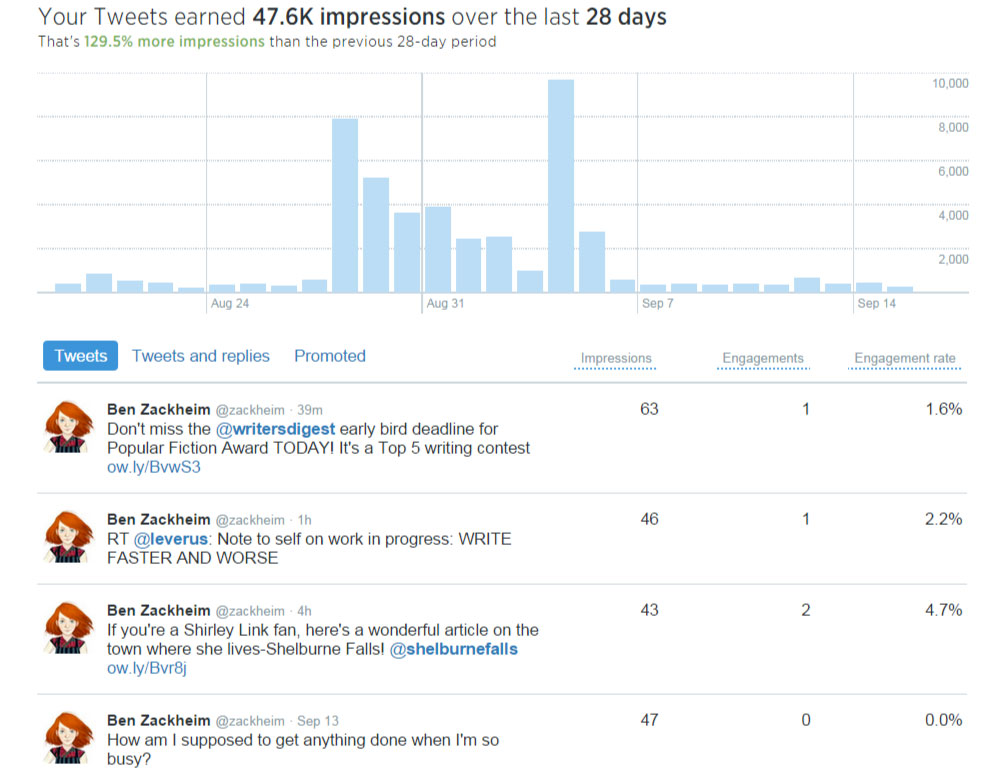
Track this data and retweet the posts that have legs to them. Logically, you wouldn’t lean on tweets that are based on breaking news too many times. But if you make a funny observation about life, really it’ll never get old!
Sticking to these rules for my Twitter-life has cleared up my head so I can pay attention to work and family and Angry Birds Star Wars.
What do you do to maximize your time-spent:impact ratio?
by Ben Zackheim | May 28, 2014 | Book Promotion, Sell your book |
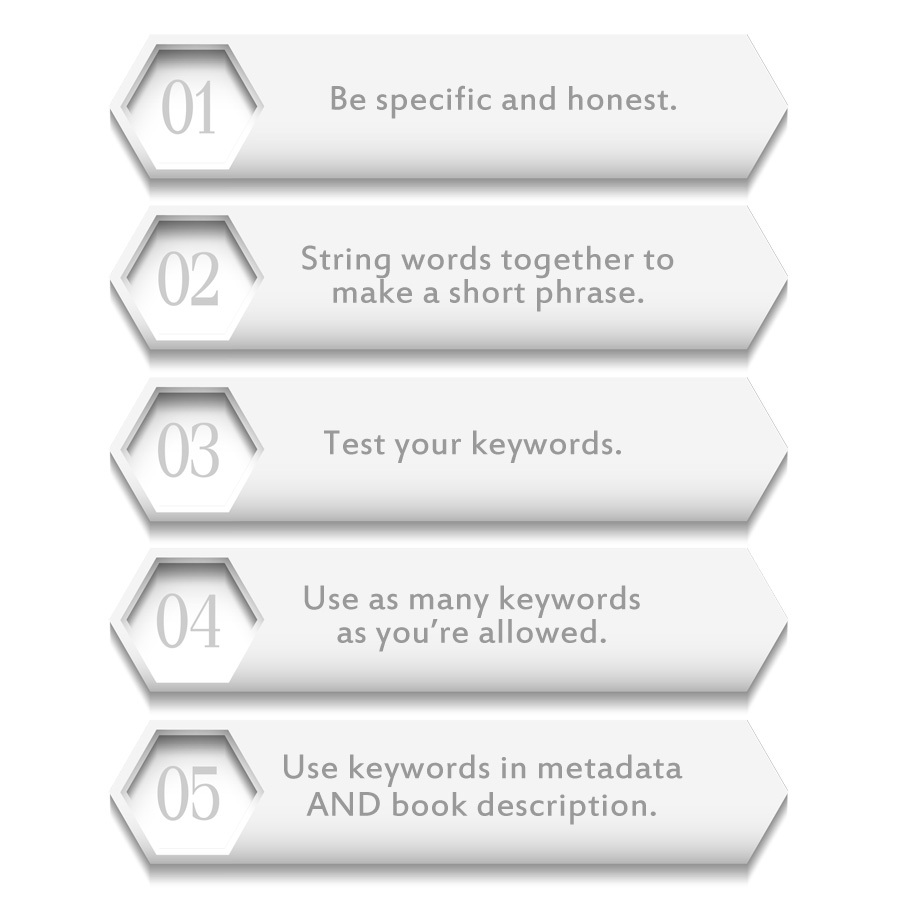
What are keywords? They’re the words you use to describe your book. Sometimes you’ll hear them called keyword phrases, but that just means keywords that are more than one word long. For example, “hero” is a keyword and “android hero” is a keyword phrase.
Amazon asks for keywords.
BN.com asks for keywords.
In fact, every site with media wants them.
But why is it so important to find keywords for your book?
Keywords are a primary way for a store to understand what your book is about. When you give your book a keyword, you’re giving it an identity. After all, “detective” paints a different picture in your head than “cooking.” Keywords are beacons, pings, scents that get picked up by search engines, recommendation bots and, oh yeah… readers.
Keywords are like perfume. If chosen wisely, they make your book more attractive to the right folks. The kind of folks who are so totally into you (and your book).
So how do you find keywords to use for your book?
How do you find keywords that will help your book get visible on the online stores?
1) Be specific and be honest.
Use words that truly describe your book, not what you think will be popular.
And when you choose the keywords, use specific terms like “android hero” instead of “hero”. This will help the book get spotted by folks with specific tastes.
2) String a couple of words together to make a short, clear phrase.
So use “mystery series for kids 9-12” instead of just “kids mystery”. These keyword terms will map well with what customers actually type into the search bar when they’re looking for a book.
Use keywords in the same way a customer would use them. Example: sleuth mysteries, not mysteries sleuth
3) Test your keywords.
Go to the online bookstores where you sell your book.
Type in one of the words you chose for your book. Notice the window that drops down?

Those are suggestions for readers to make their search easier. But it’s also list of suggestions for authors trying to find keywords for their book!
Here’s how.
Scan the list of terms in that drop-down menu. Click on the first one that truly applies to your book. Do you like the results you see for that term? Do those books look like your competition? Then use that term! It applies to your book and it’s popular enough to appear in the drop-down menu — so go for it.
4) On Amazon, be sure to use all seven keywords or short phrases.
Separate them by a comma.
5) Be sure to use your keywords in the book metadata AND in the book description.
If the scent fits, then wear it everywhere! The more you use appropriate keywords on your book’s sales page, the better your chances of connecting to the right customer.
Keep these five tips in mind while you’re prepping your book for sale. You can also follow these tips if you want to find keywords for your existing books. I’ve seen Shirley Link & The Safe Case climb up two popular lists on Amazon just by tweaking the keywords after launch.
Good luck! It can be tough to find keywords for your book that work well. But as Amazon says, “To increase your book’s discoverability on Amazon, you need descriptions and keywords that accurately portray your book’s content and use the words customers will use when they search. Along with factors like sales history and Amazon Best Sellers Rank, relevant keywords can boost your placement in search results on Amazon.com. ”
You can’t be everything to everybody. That’s a recipe for failure. So choose your scent and find your book lovers!
Other writer’s advice on how to find keywords for books:
KDP Forum Post
Lindsay Buroker
The Metanautics Department (some interesting thoughts on using Google’s keyword tool to recognize term popularity in the general population)
By Ben Zackheim
You might also like:
How to write an author bio that sells books
Choose the best genre for your book on Amazon
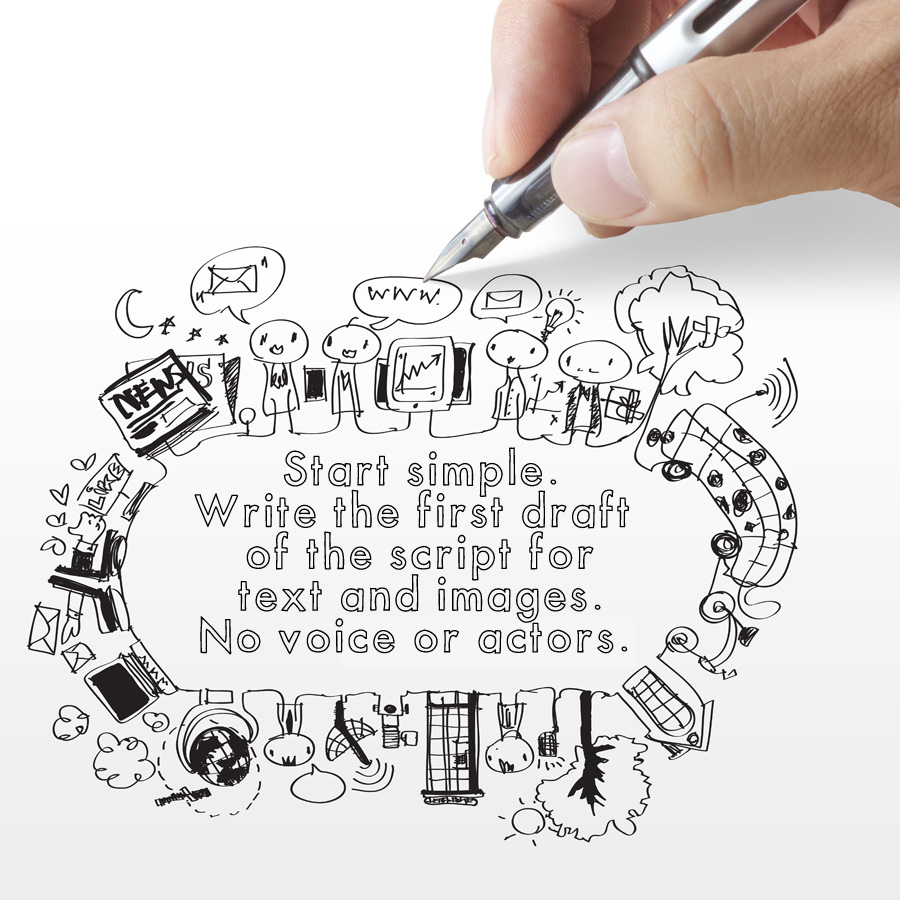
by Ben Zackheim | May 22, 2014 | Book Promotion, Sell your book, Writing |
Many of us think in words. Authors are like that. Our thoughts take on a distinct inner voice — dependent on mood, muse and cups of coffee.
So when we’re faced with the option of building a book trailer, with words and pictures and animations… well, it’s daunting.
With an NYU Film School education and several years of playing the Hollywood game, I’ve set out to craft a trailer for my upcoming series, The Camelot Kids. I’m delighted with it so far, so I thought I’d share some basic rules that have helped me focus.
Here are my impressions of what works, what doesn’t and how to avoid the common mistakes I spot in book trailers every day.
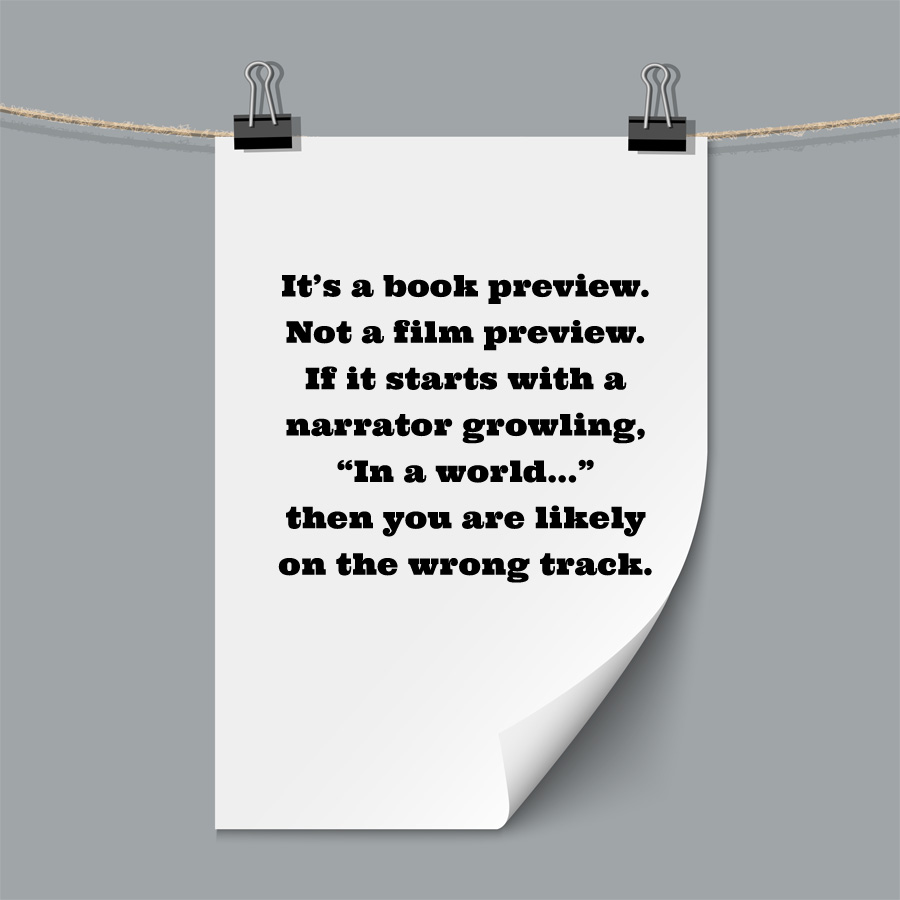

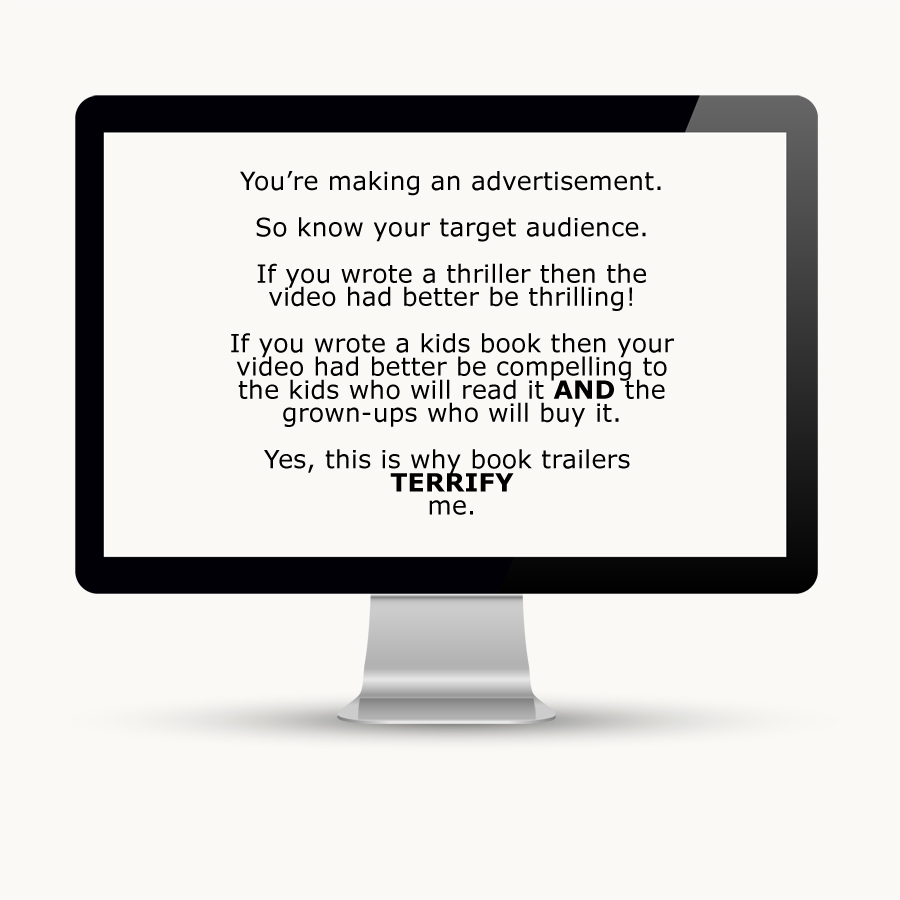

Here are some resources for you to dig into:
Tools for book trailer creation
Adobe Voice for iPad
A spectacular tool. I don’t use that word lightly. That’s the term I save in my quiver for special occasions.
The app on the iPad does everything and does it well. You can make a slick presentation within minutes. If you want to make a fast, elegant trailer that focuses on your writing style, character voices or humor then Adobe Voice can help you. Oh, and they have tens of thousands of stock images for free. The app adds the correct credit to the end of the video so you’re pretty safe.
I can’t recommend this app enough.
Prezi
Some quality book trailers have been done with Prezi tools. Like Adobe Voice, the service will help you look slick. But unlike Adobe Voice, you don’t have simple and searchable access to free, accredited images.
Graphicstock and BigStock are (as of this writing) offering a free one week trial to their library of images. You need to give a credit card to get access, but you can cancel if you don’t think the service gives you enough value.
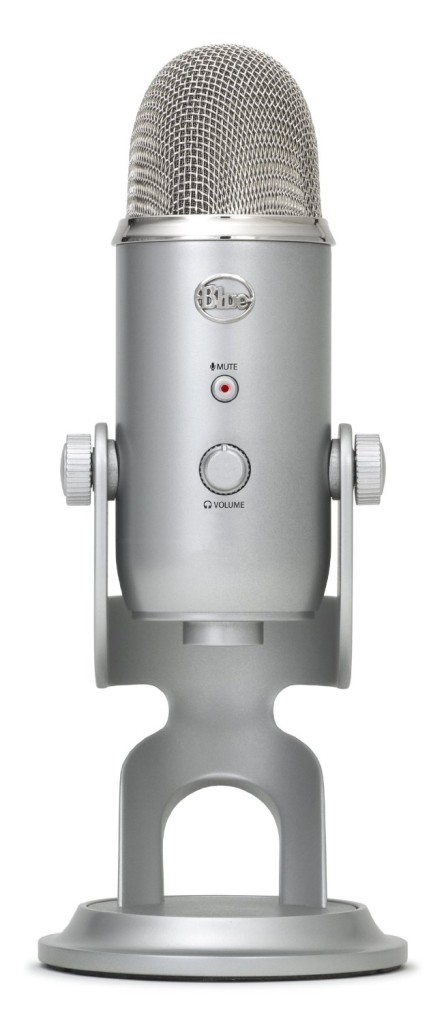 If you decide that voice is a critical component of your trailer, then you really can’t go wrong with Blue’s Yeti mic. It looks great and sounds even better. While the sensitivity can be high it’s nothing that can’t be adjusted for with a little distance from the mic.
If you decide that voice is a critical component of your trailer, then you really can’t go wrong with Blue’s Yeti mic. It looks great and sounds even better. While the sensitivity can be high it’s nothing that can’t be adjusted for with a little distance from the mic.
Book trailers that work
Fantastic book trailers and the reasons they’re so good
7 Brilliant Book Trailers
A funny piece in The New Yorker about book trailers
Have you made a book trailer? What do you think of book trailers? Let us know in the comments!
By Ben Zackheim
You might also like:
How to write an author bio that sells books
Choose the best genre for your book on Amazon
by Ben Zackheim | May 13, 2014 | Book Promotion, Sell your book |
Welcome to the first in a series of video tutorials!
The series will cover best practices for today’s author. I don’t want the information to be useful to one type of writer or another. I don’t care if you’re self-published, small press-backed, big publisher-backed… good info is good info. Authors are in this thing together. The more we share our common experiences, the better we’ll steer our own boats.
Let me know what you think in the comments!
by Ben Zackheim | May 12, 2014 | Book Promotion, Sell your book |
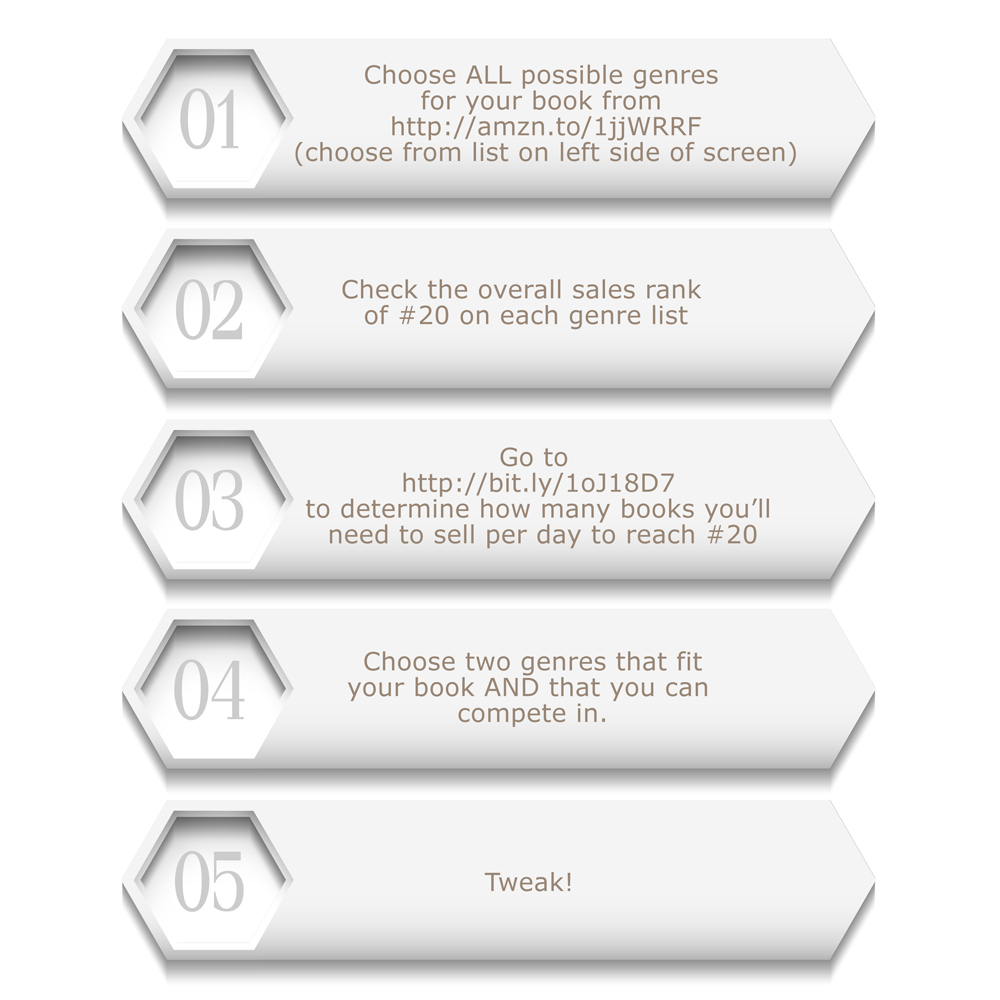
Cheat sheet. Use it once you’ve read the rest of this post!
In my last post, I covered the general rules of choosing the right genre for your book. I spoke briefly about Amazon’s categories. I’ll go into more details now.
The ground rules for Amazon categories are simple:
Every genre on Amazon gets to have its own tidy list of popular titles.
Each of these lists is often visited by fans of those genres.
Amazon scours their popularity lists for books to promote.
So how do you show up on a popular Amazon list?
Choose the right genre when you publish your book on Amazon.
Once you’ve identified which genres you belong in, you need to decide which genre is easiest for you to get in the Top 20. We’re shooting for the Top 20 because that means your book would show up on the first page of that genre’s Amazon page.
Good place to be…
After we find the easiest genre to place in, we’ll shoot for a tougher genre. Just to keep things interesting!
How to choose the right genre for your book on Amazon
Okay, let’s say we write a Mystery ebook for kids with a female detective (like oh, say, Shirley Link). Here are some of the possible categories on Amazon. I dug these up by rummaging through Amazon’s genre lists (seen on the left hand side of this page)
Kindle ebooks/Children’s ebooks/Mysteries & Detectives
Kindle ebooks/Children’s ebooks/Mysteries & Detectives/Detectives
Kindle ebooks/Children’s ebooks/Action & Adventure
Kindle ebooks/Children’s ebooks/Literature & Fiction/Beginner Readers
Kindle ebooks/Literature & Fiction/Chapter Books
Kindle ebooks/Literature & Fiction/Women’s Fiction/Mystery, Thriller & Suspense/Women Sleuths
Any of these genres would work for the book. So how do we choose which genre we can get to #20 in?
Using Theresa Ragan’s sales estimator, I get a ballpark idea of how many books I’d need to sell to crack the top 20 of each possible genre.
So the #20 book in Kindle ebooks/Children’s ebooks/Mysteries & Detectives/Detectives is Nancy Drew & The Bungalow Mystery.
But, more important to us is the book’s overall Kindle rank of 39,589 (see image below).
Checking Theresa’s sales estimator, this means the book sells between 3-15 copies per day.
Nancy Drew: The Bungalow Mystery sales rank info from the book’s product page on Amazon:

On the other hand, Kindle ebooks/Children’s ebooks/Mysteries & Detectives is a tough one. The 20th ranked book has an overall Kindle sales rank of 3,239. This means the book sells between 30-50 books per day.
Spirit Animals Book 1 sales rank info from the book’s product page on Amazon:

I think I can manage to sell 3-15 books per day, but 30-50 will take some ingenuity. If I can find a way to crack the tough Action & Adventure Top 20 list then that will mean much more exposure to more people. I’m willing to claw my way up that genre’s listings over the long haul. One good sales day could be a game changer.
Conclusion
It’s fine to choose low-popularity genres for your picks. You’re more likely to be seen by fans of those genres if you rank high! But don’t be afraid to experiment if you’re not happy with sales. Yes, it’s possible to lose sales because you’ve changed genres, but if you do it with a marketing plan to back it up then you can gain crucial customer knowledge.
If you have any questions, please ask them in the comments. Don’t forget to use the cheat sheet above. And pass it on to a writer friend.
Thanks for reading!
By Ben Zackheim
Helpful tool: Sign up for EBookTracker to get details on any book’s ranking over time. The tool won’t help you see actual sales, but it will give you insights around your favorite genre’s movers and shakers.
You might also like:
Amazon has a bridge to sell ya!
The $1.1 Million question: Is KDP Select worth it?
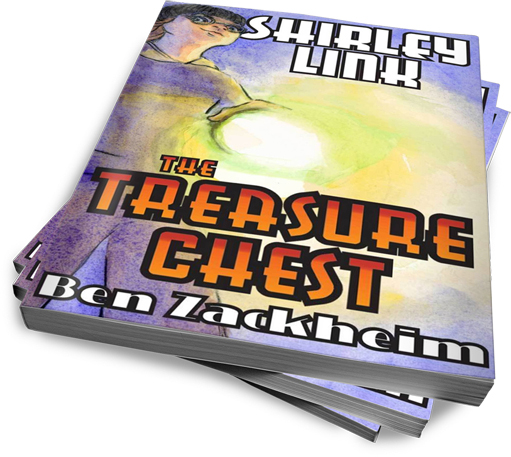
by Ben Zackheim | May 6, 2014 | Book Promotion, Shirley Link & The Treasure Chest |

I wanted to post a quick thank you for your support in making Shirley Link & The Treasure Chest the #1 free Kids Mystery book on Amazon! The book is highly rated with 13 reviews and 4.8 stars, so I’m sure that helped my current promotion go well. But I also have you to thank for spreading the word about my favorite detective!
If you haven’t tried Shirley yet, give her a read. The Treasure Chest is free for the rest of the day, and The Safe Case is free forever.
My favorite image of the day ;-)

Though I like this one too…

#26 overall in Kids ebooks! Nice.
Thanks again, folks.









 If you decide that voice is a critical component of your trailer, then you really can’t go wrong with
If you decide that voice is a critical component of your trailer, then you really can’t go wrong with 



